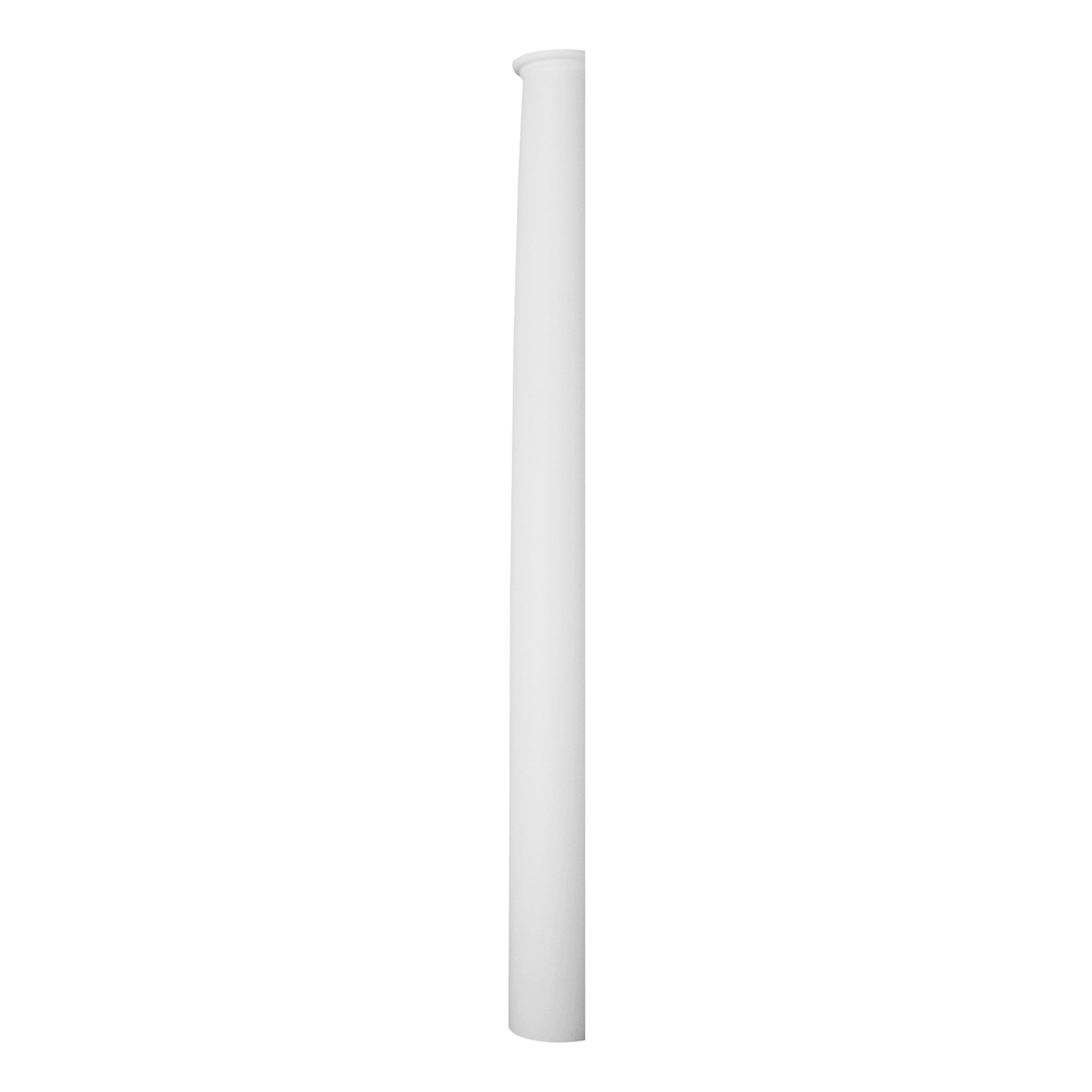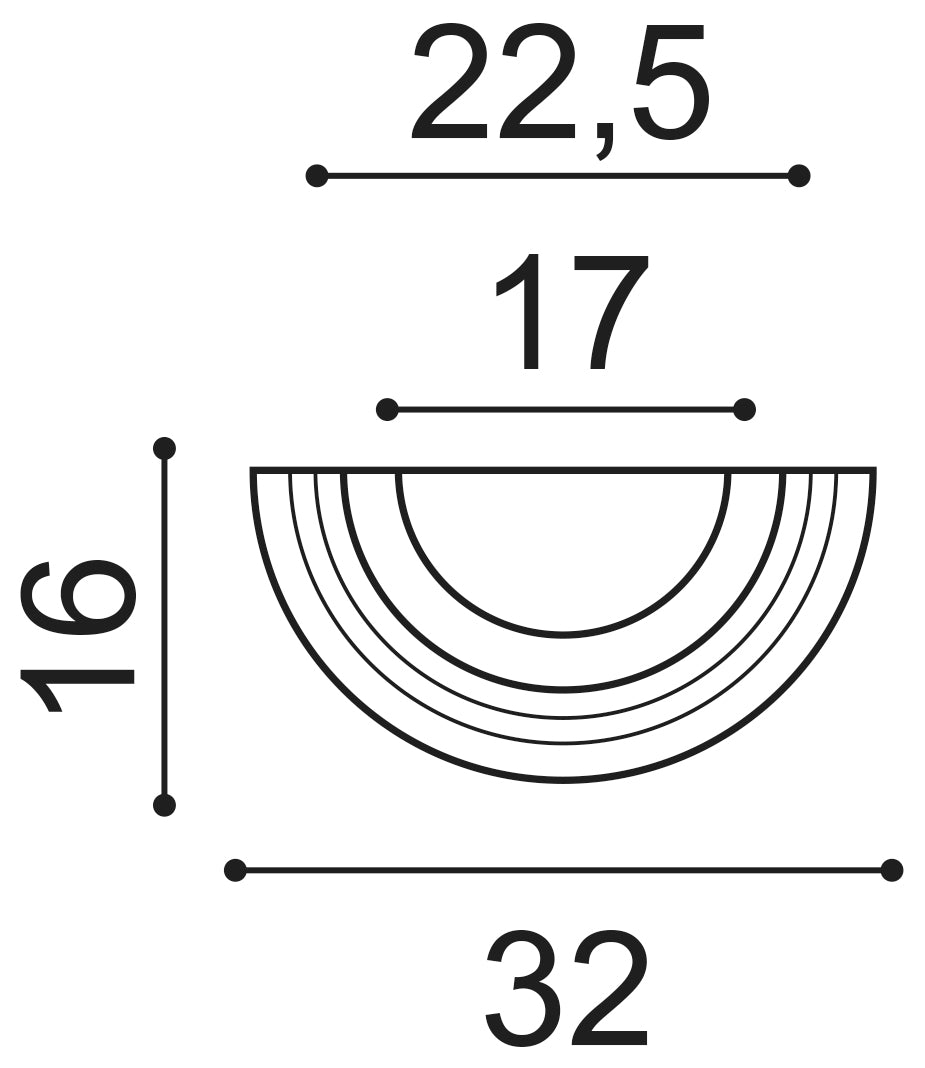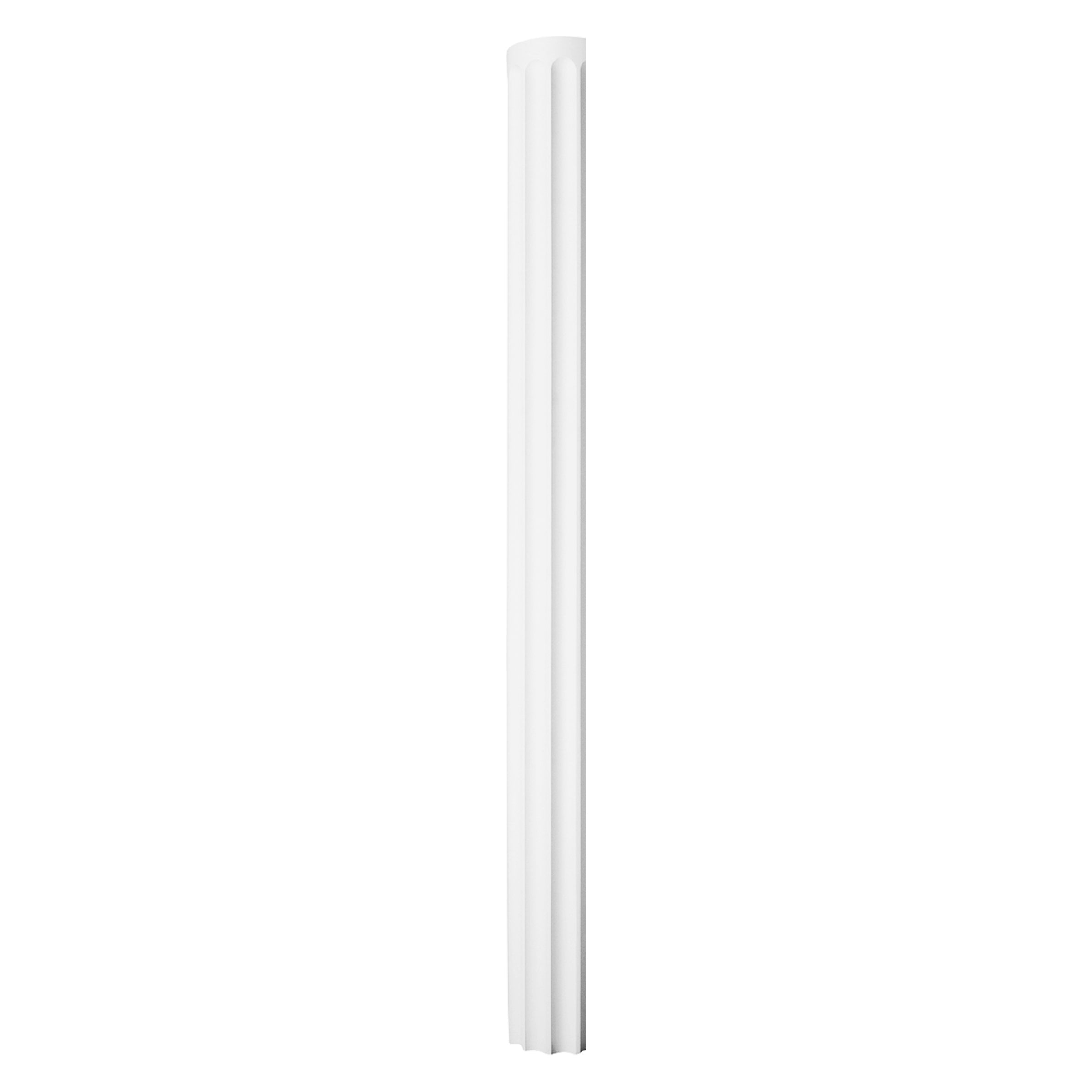Filters
6 products
About half-columns
Half-columns are architectural elements that are widely used in architecture, art, and construction. They are a very important means of enhancing the aesthetic beauty of buildings and spaces. Half-columns are usually symmetrical and contribute to the harmony and balance in a room.
Half-columns can be made from different materials, including wood, metal, stone, and plastic. They can be available in various shapes and sizes, and they are often combined in different combinations and contrasts to achieve a creative and artistic result.
Nowadays, half-columns are often a very important part of facade design, and they can greatly enhance a building through contrast and symmetry. Some of the most common types of half-columns are Ionic, Corinthian, and Doric columns. Each of these column types has a characteristic design that is often accentuated by contrasts and contrasts.
They can also be used for a variety of purposes, including supporting parts of buildings and supporting furniture and decorations, as well as serving as decorative elements for staircases, ceilings, and walls, and other architectural features.
About half-columns
Half-columns are architectural elements that are widely used in architecture, art, and construction. They are a very important means of enhancing the aesthetic beauty of buildings and spaces. Half-columns are usually symmetrical and contribute to the harmony and balance in a room.
Half-columns can be made from different materials, including wood, metal, stone, and plastic. They can be available in various shapes and sizes, and they are often combined in different combinations and contrasts to achieve a creative and artistic result.
Nowadays, half-columns are often a very important part of facade design, and they can greatly enhance a building through contrast and symmetry. Some of the most common types of half-columns are Ionic, Corinthian, and Doric columns. Each of these column types has a characteristic design that is often accentuated by contrasts and contrasts.
They can also be used for a variety of purposes, including supporting parts of buildings and supporting furniture and decorations, as well as serving as decorative elements for staircases, ceilings, and walls, and other architectural features.











